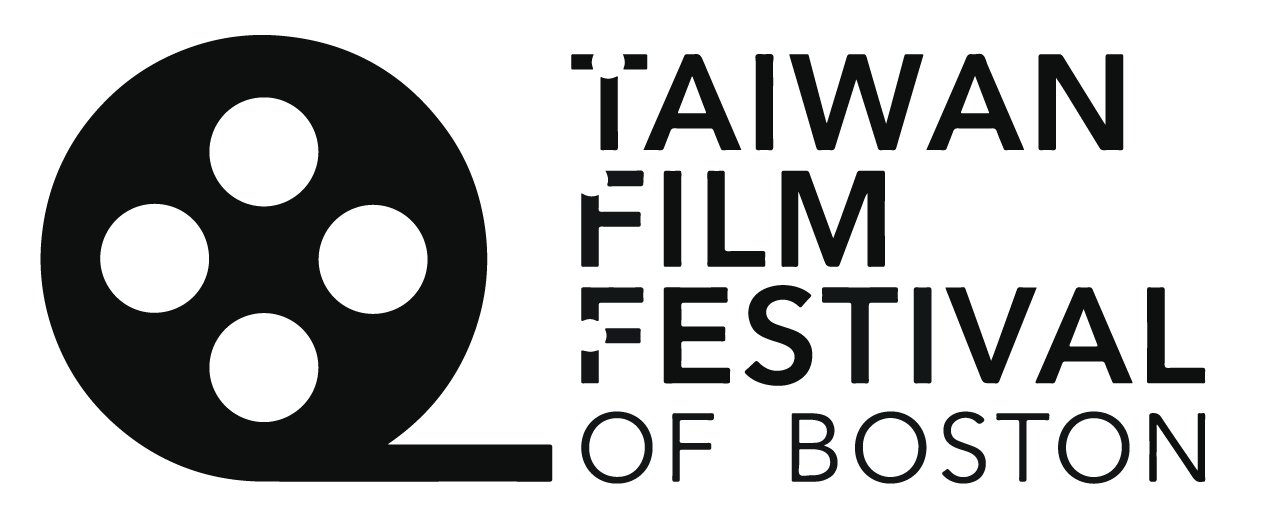“Ring the bells that still can ring
Forget your perfect offering
There is a crack, a crack in everything
That’s how the light gets in.”
— Anthem “by Leonard Cohen, Canadian poet, and singer
Crack and Light
裂縫與光
The lyrics of the song “Anthem” on Leonard Cohen’s 1992 album “The Future” speak of a generation caught in wave after wave of social upheaval – the collapse of the Soviet Union, the fall of the Berlin Wall, and the massacre at Tiananmen Square – and, yet, found hope. There were “cracks” in which “light” could enter. “Cracks” symbolize vulnerabilities and imperfections in life. In self-fulfillment, family relationships, work, faith, politics, and country, we always struggle to find the perfect condition and answer. The “crack” might be the space between two objects trying to connect or the interaction along breaks in layers of the psyche. The “crack” might also be an indispensable space in structure.
However, when light enters space, the “crack” is no longer an expression of negativity. The “cracks” may be the traces of enamel on porcelain caused by the unevenness of material contraction on the surface; it may be the byproduct of the tea leafhopper releasing honey-like sweetness on the tea leaves of Oriental Beauty; it may be the sanctuary of animals, fungi, and mosses created by forest’s shadows; it may be a shining beam of light that breaks through storming clouds. The imperfection of “cracks” creates “uniqueness” in every beam of light.
The theme of this year’s Taiwan Film Festival of Boston is “Crack & Light.” We would like to invite you to join us to enjoy films and speak freely about the shadows and lights in each of our lives. What remorseful moments gave us boundless strength? What setbacks inspired us to never give up? How has the shadow of these extraordinary years led us to see the light at the end of the tunnel? What imperfections make life unique and complete?
At the same time, a second theme of “Crack & Light” expresses that, in the midst of the pandemic, masks hid our smiles, and the virus disrupted our lives. But these defects let us feel nature’s restoration and the city’s fresh air, the bonds between our families and our communities, the possibilities of remote work and home offices, the challenge of solitude, and the joy of hard-earned reunion. Like a “crack” filled with “light,” for better or worse, unique experiences fill these times we share.
1992 年 Leonard Cohen 的專輯 The Future 中的一首歌” Anthem” 歌詞中唱出了那個年代人們在一波又一波社會巨變中 (蘇維埃政府瓦解、柏林圍牆倒塌、中國的天安門事件等…) 找到了希望。有「裂縫」,「光」才能進來。「裂縫」象徵生命中的不完美。在自我完成、家庭關係、工作、信仰、政治、國家,我們總是很難找到一個完美的狀態和答案。「裂縫」可能是兩個物件試圖連結的空隙,或者是心理層面上的磨合空間,「裂縫」也可能是建構上必要的留白。
當光進來時,「裂縫」不再是一個負面狀態的表述。「裂縫」可能是瓷器上釉藥層,因為表面收縮速率不同所自然分布的痕跡;是小綠葉蟬在東方美人茶葉上啄出的蜜香;是森林綠蔭下,小動物們、苔蘚、微小生物棲息的地方;是劃破烏雲金光閃耀的那束光。「裂縫」的不完美創造了每一道「光」的獨特性 (uniqueness)。
本屆波士頓台灣影展主題「裂縫與光」Crack & Light ,想要邀請觀眾和我們一起看幾部好電影,暢談生命中的影和光。是什麼樣的缺憾給了我們源源不絕的力量? 是哪一次的打擊讓我們永不放棄? 是如何不平凡的歲月陰影讓我們尋找到未來的曙光? 是怎麼樣的不完美,成全了生命的完整?
同時,這次的主題也想表達在疫情期間,口罩雖然遮住了笑容、病毒搗亂了生活步調。但這些不完美,卻也讓我們感受到封城後,生態的復育與城市裡新鮮的空氣;家人與社區的緊密連結;發現居家辦公與宅經濟的可能性;了解孤獨與自處是多麼不容易,因此更加珍惜彼此與得來不易的團聚。就像是被「光」填滿的「裂縫」,不論是好是壞,充滿著我們共同擁有的獨特時代經歷。



